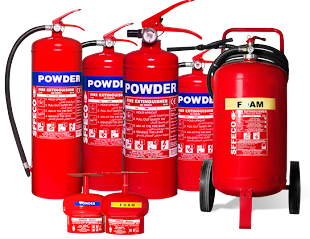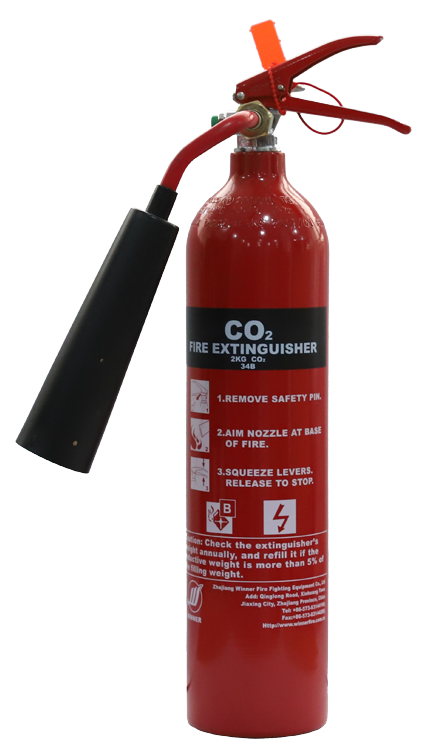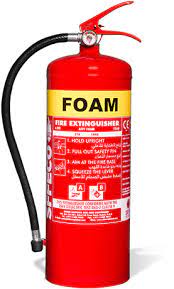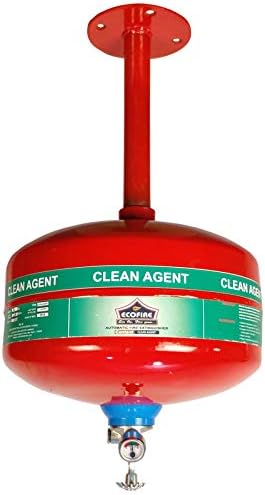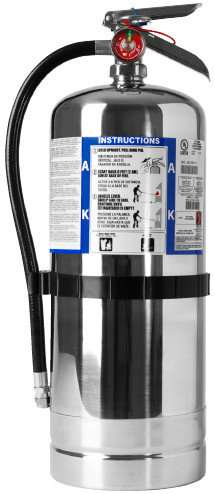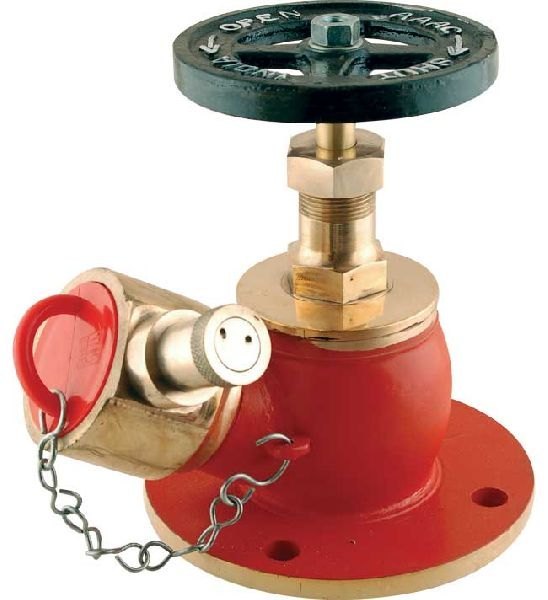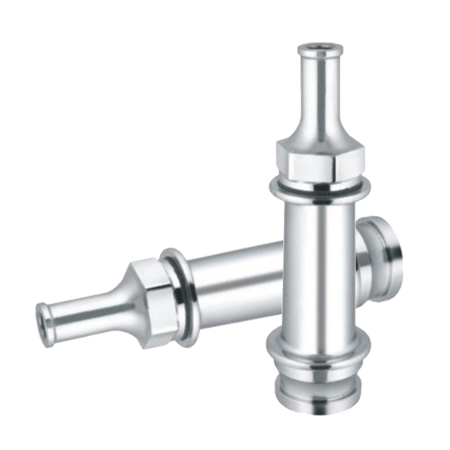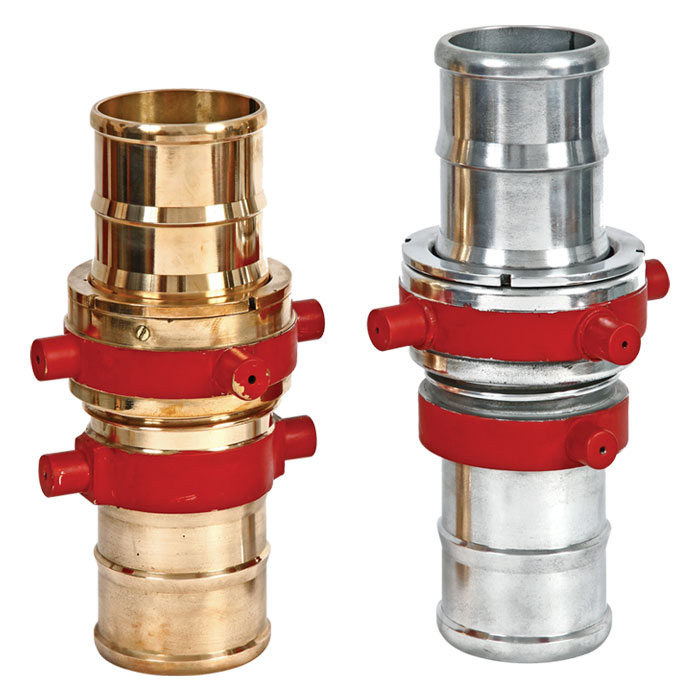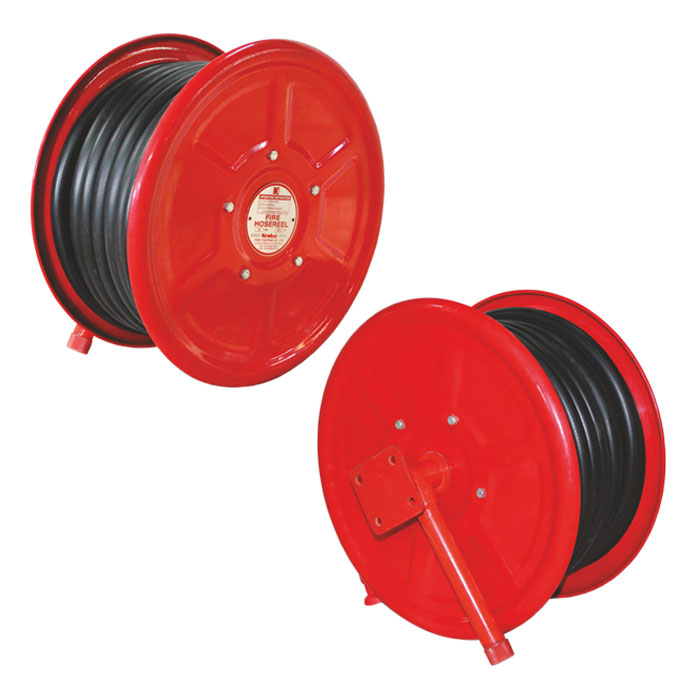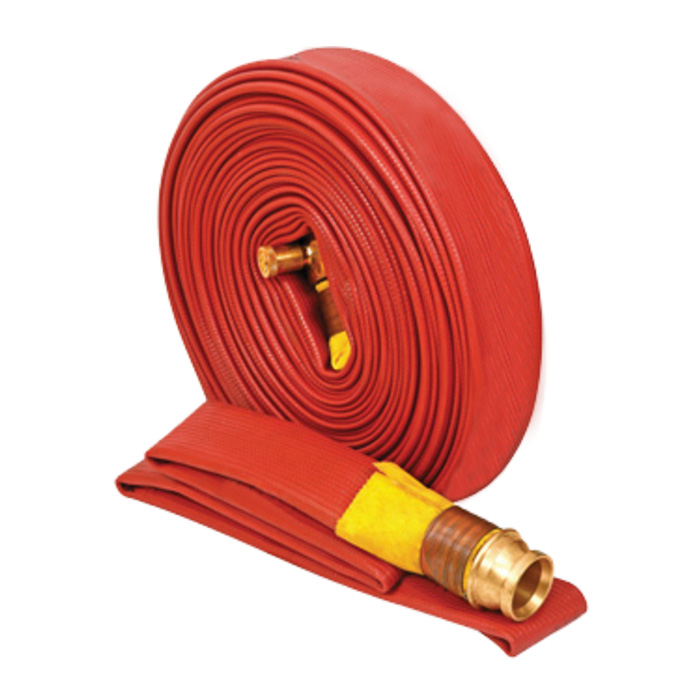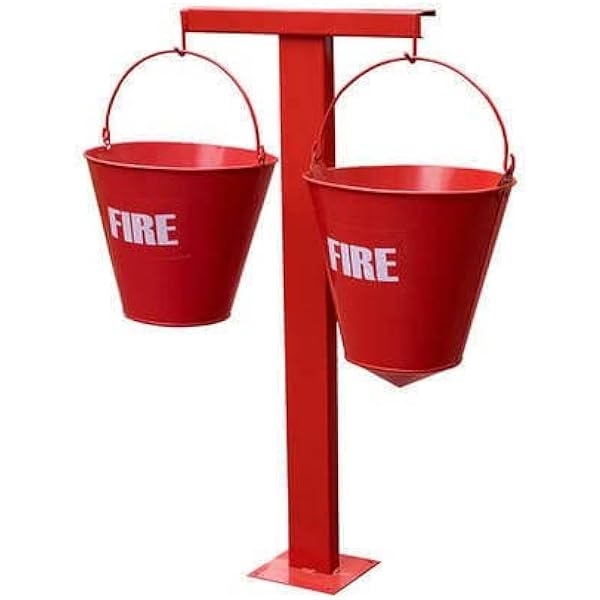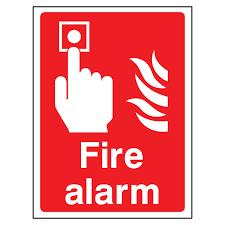WATER STORED PRESSURE TYPE Fire Extinguishers
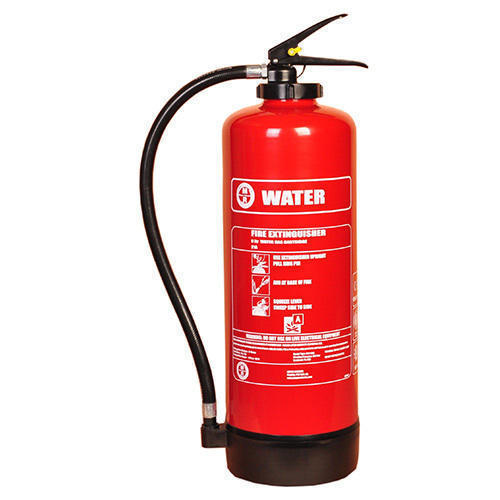
Water stored pressure fire extinguishers are commonly used firefighting devices that are particularly effective against certain types of fires. Here’s a comprehensive overview:
Composition
- Water-Based Solution: These extinguishers are filled with water and are pressurized with air, which allows for easy discharge when activated.
Fire Classes
- Class A: Primarily designed for ordinary combustibles like wood, paper, cloth, and some plastics.
- Not Suitable for Class B or C: They should not be used on flammable liquids (Class B) or electrical fires (Class C), as water can spread flames or conduct electricity.
Mechanism of Action
- Cooling Effect: Water cools down the burning material and reduces the temperature below the ignition point.
- Extinguishing by Dousing: Directing water onto the fire douses the flames and helps extinguish the fire.
Advantages
- Effective on Class A Fires: Water extinguishers are very effective and inexpensive for dealing with ordinary combustible fires.
- Environmentally Friendly: They leave no harmful residue, making them safe for use in various environments.
- Widely Available: Water extinguishers are common and readily available in many settings.
Considerations
- Limited Use: They are not effective on flammable liquids or electrical fires and should never be used in such situations.
- Weight and Pressure: They can be heavy when full, and users need to be aware of the pressure gauge to ensure they are functional.
Maintenance
Regular maintenance is essential to ensure reliability:
- Check Pressure: Ensure the pressure gauge is in the green zone.
- Inspect for Damage: Look for any signs of rust, corrosion, or physical damage.
- Annual Servicing: Follow local regulations for annual inspections and servicing.
Usage
For effective use, follow the PASS method:
- Pull the pin.
- Aim at the base of the fire.
- Squeeze the handle.
- Sweep the nozzle side to side.
Summary
Water stored pressure fire extinguishers are straightforward and effective for extinguishing Class A fires. They are environmentally friendly and cost-effective, making them a staple in homes, offices, and various commercial settings where such fire hazards are present.


